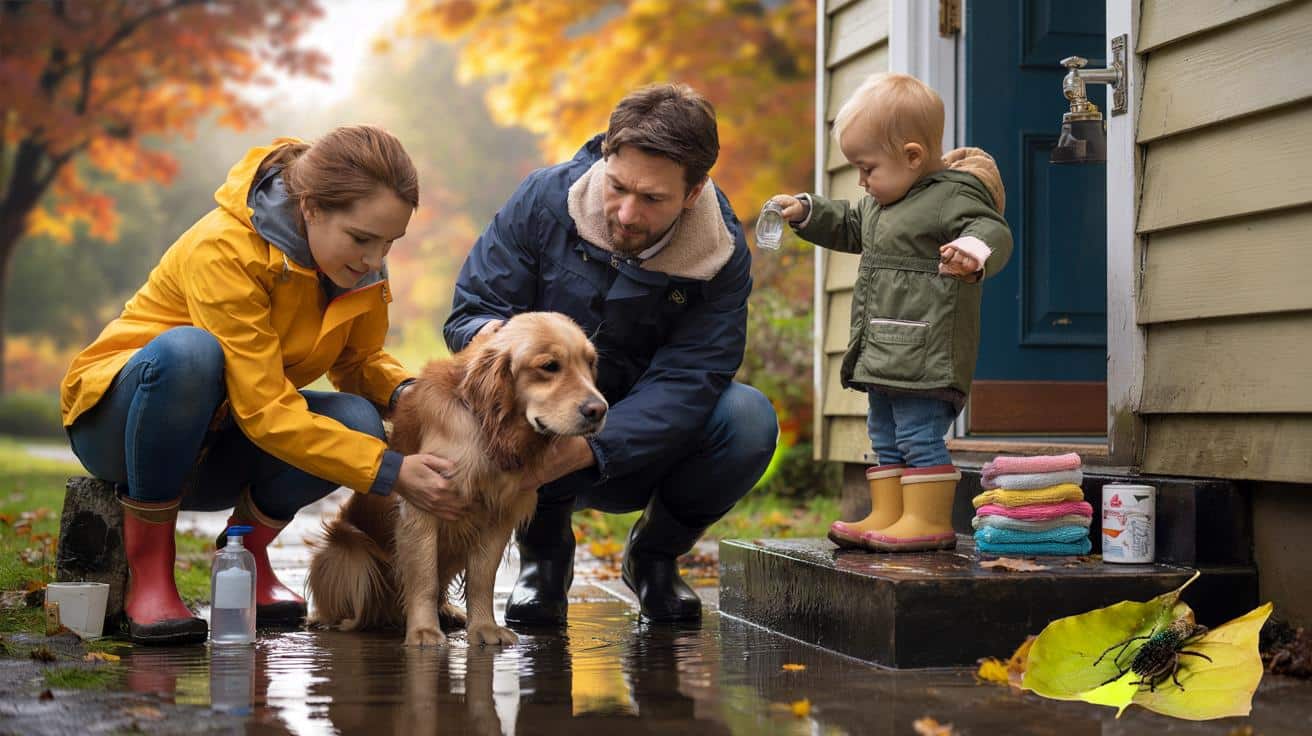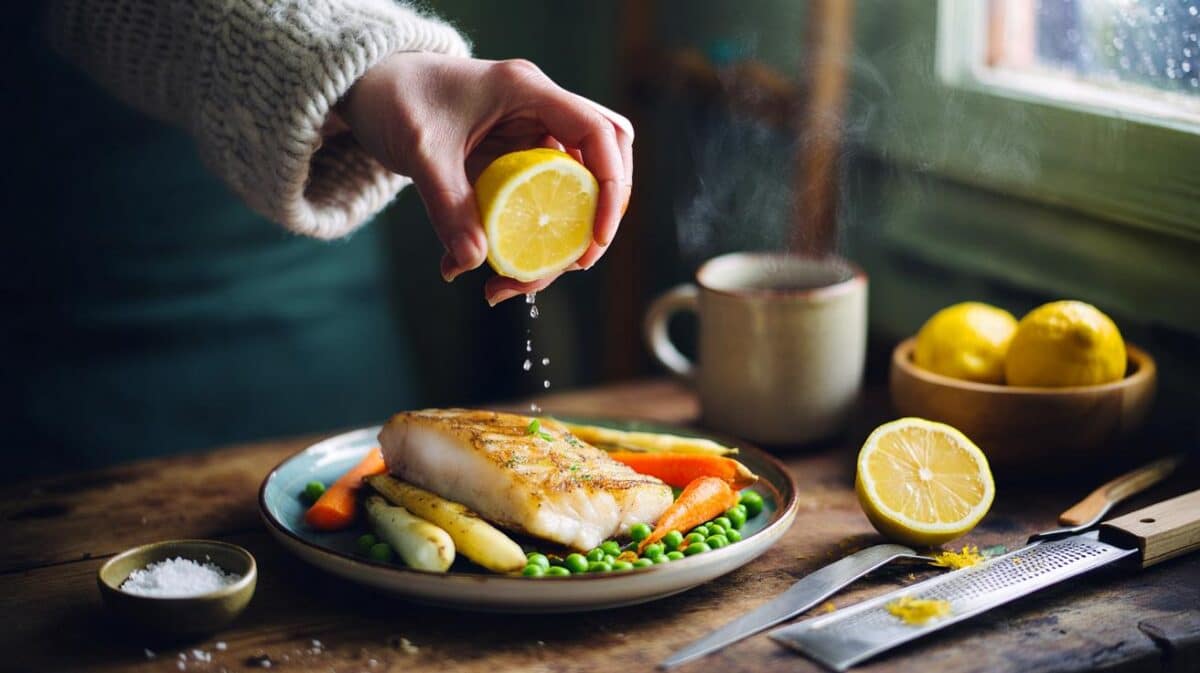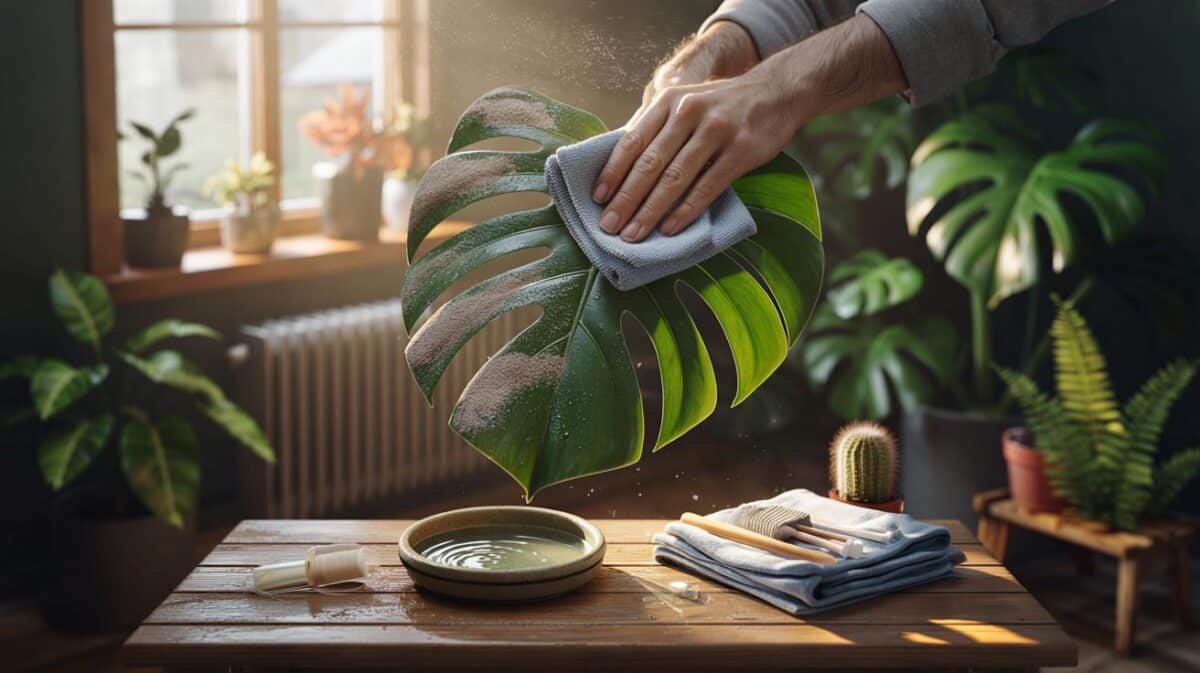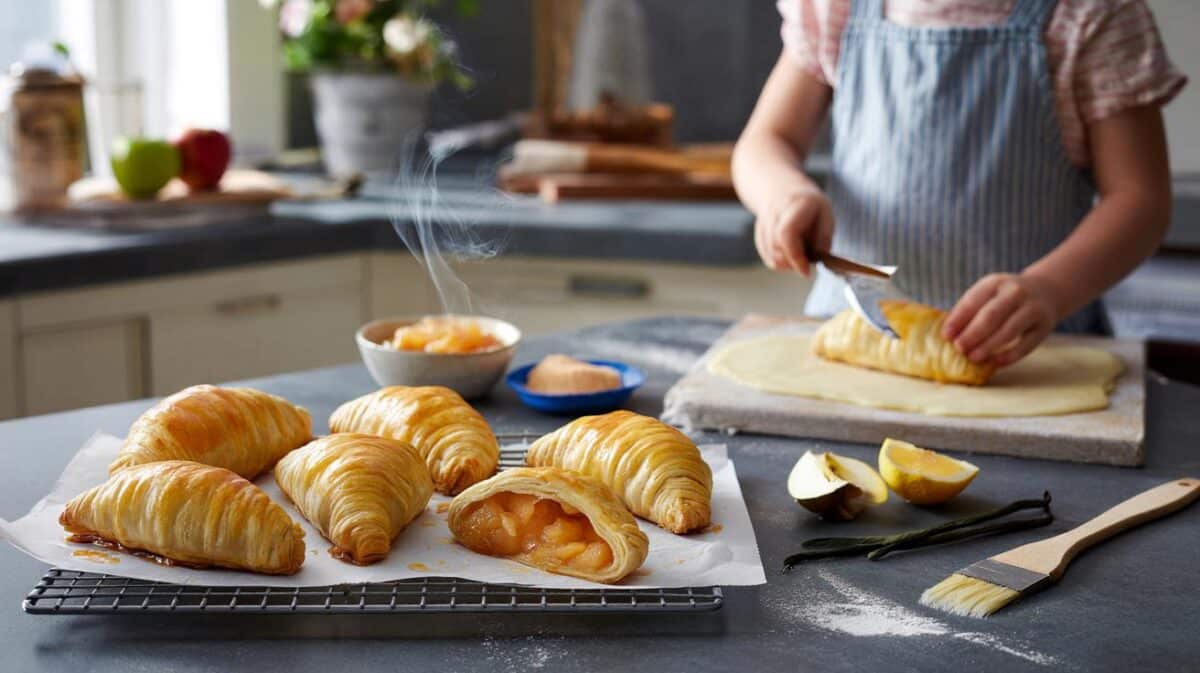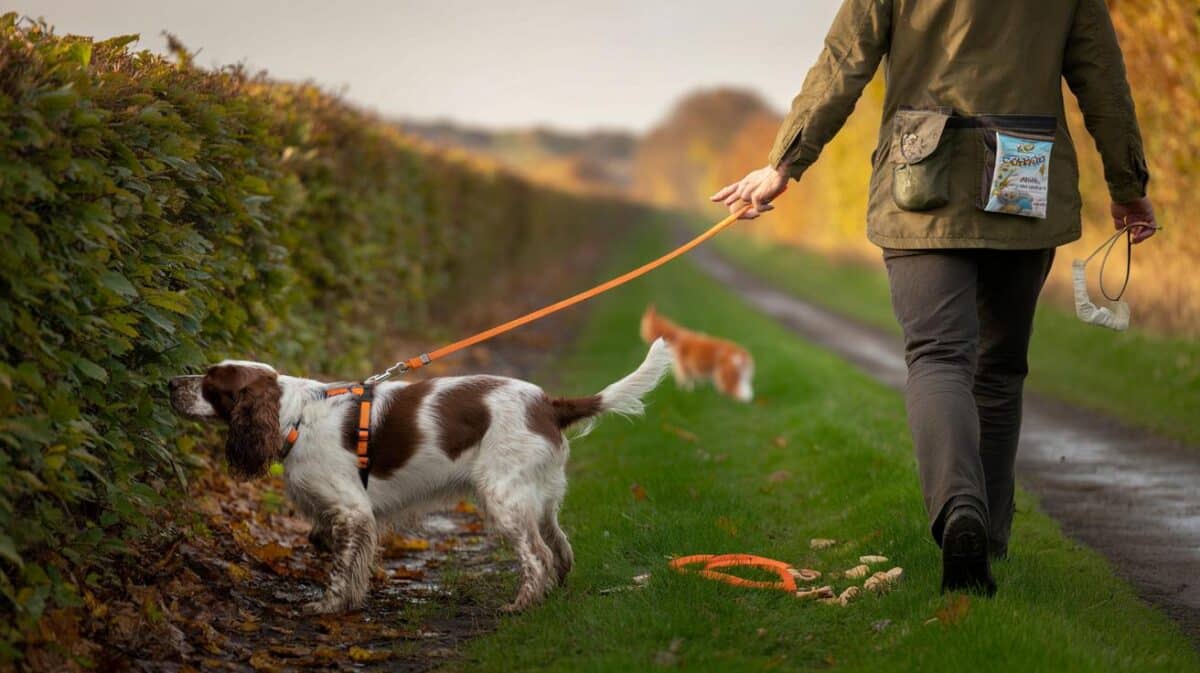This autumn, veterinary practices report lively tick activity and puddle-borne germs after heavy rain. Sensible routines can lower risk without dimming the joy of living with a dog.
Why the season matters right now
Long spells of rain leave standing water on paths, parks and farm tracks. Dogs nose, wade and drink. That contact can bring bacteria and parasites indoors on fur, paws and leads. Families gather inside, share sofas and snacks, and touch the same door handles. Small lapses add up.
Health agencies list dozens of zoonoses linked to dogs, yet a handful cause most headaches for families: leptospirosis from contaminated water, ringworm on the skin, toxocariasis from soil or faeces, and tick-borne infections carried in from long grass. Rabies barely registers in domestic dogs in western Europe, but it still matters for travel and bites from wildlife abroad.
Rain, puddles and close quarters create a perfect hand-to-mouth pathway. Break that chain, and you cut family exposure dramatically.
The main hazards at a glance
| Hazard | How it spreads | Who is most at risk | What helps |
|---|---|---|---|
| Leptospirosis | Urine-contaminated water and mud | Children under 5, outdoor enthusiasts | Annual vaccination, avoid stagnant water, rinse and dry paws |
| Ringworm (dermatophytosis) | Direct contact with spores on fur or bedding | Children, carers, people with eczema | Rapid vet treatment, hot washes for fabrics, short nails |
| Toxocariasis (roundworm) | Eggs in dog faeces and contaminated soil | Toddlers, sandpit users | Routine worming, prompt poo pick-up, covered sandboxes |
| Ticks and Lyme risk | Tick bites after walks through long grass or leaf litter | Walkers, gardeners, camping families | Tick prevention for dogs, daily checks, swift removal |
| Rabies (travel-linked) | Bites from infected mammals abroad | Travellers, cross-border adopters | Valid rabies vaccination, avoid contact with stray animals |
What your vet wants you to do this week
Hands, paws and door handles
Wash hands for 20 seconds with soap after walks, before meals, and after handling toys, bowls or poo bags. Keep a towel by the back door. Rinse paws after muddy routes, then dry between toes. Wipe leads, collars and harnesses when they look grubby; once a week suits most households.
Keep dog bowls away from food prep. Replace water daily. Wash bowls with hot, soapy water, not in the same sink as baby bottles.
Vaccines, worming and parasite control
Check the dog’s vaccination card. Ask the practice to confirm leptospirosis cover and schedule. Keep worming regular, with frequency set by age, lifestyle and local risk. Use a vet-approved tick and flea product, especially after woodland or moorland walks.
A current vaccination record, year-round parasite cover and a calendar reminder for worming form the backbone of family protection.
Five habits that do the heavy lifting
- Pick up faeces immediately, even in your own garden, and bin them safely.
- Teach children not to kiss the dog, share ice creams, or let faces touch fur.
- Adopt a shoes-off rule at the door; park muddy boots and paw towels together.
- Cover sandpits and rake them before play; replace sand if you find faeces.
- Check the dog and each person for ticks after countryside trips; remove ticks with a tool, not fingers.
Spot the red flags early
Call the practice if the dog shows fever, sudden lethargy, vomiting after muddy water exposure, eye redness, sore skin, or persistent scratching. For people, seek medical advice for rashes shaped like rings, flu-like illness after a tick bite, jaundice, or unexplained eye problems in children who play in soil.
Do not wait for dramatic symptoms. Early action helps the dog recover faster and protects the people around it.
Make the park and garden safer
At the park
Steer clear of obvious stagnant puddles. Bring a bottle and collapsible bowl so the dog drinks clean water. Offer a rinse from the bottle if it has splashed through murky pools. Keep treats in a pocket to redirect snout-first mud investigations.
At home
Vacuum soft furnishings where the dog naps. Wash blankets on a hot cycle. Disinfect floors where wet paws pad through, especially near the high chair. Store toys in a crate and rotate them so you can wash a batch while the rest keep the dog busy.
What changes when young children live with the dog
Households with babies and toddlers face more hand-to-mouth contact. Use a stair gate to give the dog a calm zone during mealtimes. Keep the nappy bin out of reach. Park pushchairs away from the dog’s resting spots so fur and mud do not hitch a ride on straps and handles. Nail hygiene matters: short nails trap less dirt.
Travel plans, farm stays and city breaks
Thinking of a half-term escape with the dog? Check what the destination expects for rabies and tapeworm controls. Book the practice visit several weeks ahead to sort paperwork. On farm stays, keep dogs on leads near livestock and feed buckets. In cities after heavy rain, stick to paved routes and skip canal edges where rats roam.
Answers to common “can I still…?” questions
Can my child still train the dog?
Yes. Use clicker games and low-crumb treats indoors on a washable mat. Add a handwash at the end of each session. Repeat it until it becomes automatic.
What if the dog jumps into a filthy pond?
Rinse the coat, paws and belly with clean water as soon as you can. Dry thoroughly. Call the practice if the dog starts to drink or urinate more, seems low, or refuses food within the next two days.
Do I need to bleach everything?
No. Target the hotspots you touch often: door handles, light switches, the back-door step, bowl area, and toy crate. Warm water and detergent handle most jobs. Use disinfectant on hard floors after muddy days.
A quick weekend drill that changes habits
Run a family test after Saturday’s park trip. Track every surface the dog and children touch from the front gate to the sofa. Count the missed moments for handwashing and lead cleaning. Most households spot three or four easy fixes within ten minutes, such as moving treats to the door area, adding a hook for the lead, and placing soap by the garden tap.
Extra pointers for autumn 2025
Plan for darker afternoons. Carry a torch to inspect paws and check for ticks before you get back in the car. Keep a small kit by the door: two towels, a tick tool, spare poo bags, a bottle of water, and a sealable tub for muddy toys. Photograph the vaccination page on your phone so you can confirm dates when booking kennels or a groomer.
Families that mix town and countryside weekends should adjust worming and tick control to that pattern. Dogs that swim or chase through bracken pick up more passengers than sofa-bound pets. A short conversation with the practice can align products and timing to your exact routine, trim costs, and avoid gaps in cover during peak risk weeks.
